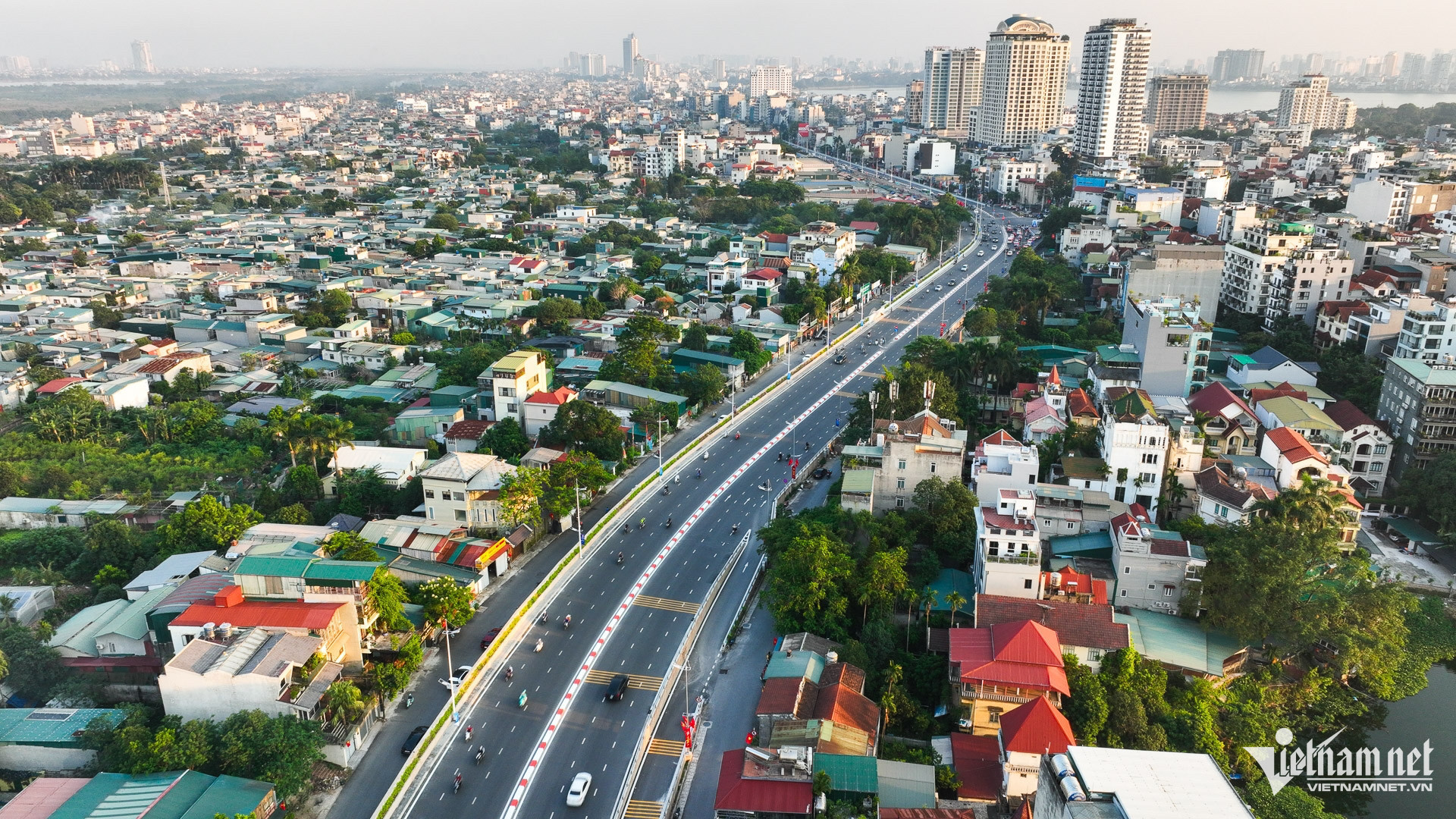Speaking at the National Assembly recently, General Secretary To Lam expressed concern about Vietnam’s economic performance, noting: "Looking at the reality, it is very worrying."
He further observed the rapid pace of global development and emphasized, "We cannot afford to lag behind the world, especially the developed nations."
While acknowledging Vietnam's high growth rate, he cautioned that the risks of economic stagnation and falling into the middle-income trap remain significant, making it difficult for Vietnam to catch up with other developing countries.

General Secretary To Lam’s candid and responsible remarks reflect a long-standing concern. The fear of "falling further behind economically" has been one of Vietnam’s four greatest challenges since the 7th Party Congress in 1991. Despite multiple congresses since then, the issue remains unresolved.
To achieve transformative growth, Vietnam must look beyond itself and study how the rest of the world is advancing. Comparing today’s achievements with past successes is insufficient.
According to the World Bank, in 1990, the global GDP per capita at current prices was $4,168, compared to Vietnam’s $98—a gap of $4,070.
By 2023, the global GDP per capita had risen to $13,138, while Vietnam’s had reached $4,346. However, the gap has widened to $8,792.
Although high economic growth has helped Vietnam narrow the development gap with some nations, it will take significant time to match the world average.
The National Scientific Conference "A New Era, the Era of Vietnam Rising: Theoretical and Practical Issues" reported that in the last 15 years, Vietnam's GDP per capita increased by only $1,600. In contrast, Thailand, Malaysia, and South Korea saw increases of $3,600, $6,500, and $16,000, respectively.
In terms of total GDP, Vietnam's economy grew by $160 billion during this period. However, Thailand, Malaysia, Indonesia, and South Korea experienced growth of $270 billion, $200 billion, $700 billion, and $850 billion, respectively.
While Vietnam’s GDP ranks among the highest globally in growth rate, its absolute value remains small, and the gap with other countries remains wide.
Vietnam's economic growth rate has slowed in recent decades:
1991–2000: Average GDP growth of 7.56%.
2001–2010: Growth slowed to 6.61%.
2011–2020: Further slowed to 6%.
2021–2023: Averaged 5.2%.
To achieve the target of 7% growth, Vietnam would need to grow at nearly 9% annually in 2024 and 2025—a figure that seems unattainable due to diminishing growth drivers.
In comparison, Northeast Asian countries like Japan, South Korea, and China once achieved double-digit growth for over a decade during their transformative periods.
Economist Tran Sy Chuong likens economic growth to an airplane takeoff, which requires acceleration within a limited distance. Without sufficient speed, the plane fails to lift off and risks plunging into the "middle-income trap."
Avoiding the middle-income trap
The World Bank’s criteria for high-income status are becoming increasingly stringent. By 2024, a nation’s Gross National Income (GNI) per capita must exceed $14,000 to qualify as high income. For upper-middle-income status, the range is $4,466–$13,845.
In 2023, Vietnam's GNI per capita stood at $4,180—still far from the upper-middle-income threshold.
Kenichi Ohno, an honorary professor at Japan’s GRIPS Policy Research Institute, highlights several indicators of Vietnam’s struggle with the middle-income trap:
Slower growth averaging at mid-range levels.
Shortages of skilled engineers, innovators, and scientists.
Moderate labor productivity and Total Factor Productivity (TFP).
Heavy reliance on Foreign Direct Investment (FDI) with limited integration into global value chains.
Ohno warns that development strategies reliant on FDI, large projects, and natural resources will eventually reach their limits. True progress stems from value created by domestic enterprises and the workforce.
While liberalization, privatization, and international integration have enabled Vietnam to reach lower-middle-income status since 2008, further progress requires bold and innovative policies. Without them, bridging the income gap with regional peers will remain a distant goal.
Critical questions linger: Why hasn’t Vietnam eliminated the risk of stagnation despite decades of effort? Can the country transition from upper-middle-income to high-income status by 2045? What conditions are necessary for Vietnam to avoid the middle-income trap and achieve sustainable development over the next two decades?
In a discussion with Vietnamese policymakers and scholars at the National Economics University, Professor Ohno proposed two critical strategies:
Dynamic Leadership: Leaders must possess economic acumen, energy, and direct involvement in policymaking (top-down governance).
Competent Technocrats: Skilled, dedicated, and honest officials are essential for implementing policies effectively (bottom-up execution).
Without a generation of talented leaders and capable technocrats, Vietnam risks falling further behind in the global economic race.
Tu Giang